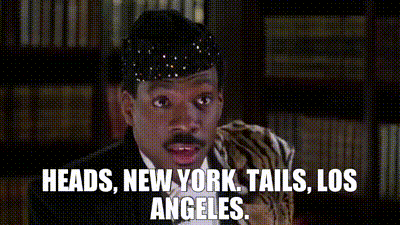I’ve been waking up early these days to the eerie, coppery light of late summer. The leaves have already begun to fall because of the drought, and the white-tailed deer and groundhogs crunch their way through the desiccated summer landscape of colliding seasons.
One burst of color peeped out, though, in my most recent walk: a clump of lavender chicory flowers beside the path. Chicory’s deep taproots (the long roots that grow down into the earth and store nutrients) make it drought-tolerant, and their colors peep out unexpectedly in the sepia landscape. Chicory’s groundedness allows it to thrive even in “exceptional” drought circumstances like these, and they smile up at passersby from the roadside.


This, then, is a post about rootedness—about what it means to dig deep to find a place to call home and a community that is sustaining and nourishing, even in difficult circumstances.
Oh, the places you (might) go
Now that I’m working remotely, I have the freedom to choose where I want to live. It’s surprising how difficult this decision has been (and I’m still working through it).
What are the metrics of a place that make it a good fit, or the “green flags” you look for in a city?
Perhaps you focus on where your friends currently live, or where you have the greatest potential to make new friends.
Perhaps you look for independent coffee shops to work from, craft circles, a feeling in your stomach, or providential signs to point you in the right direction. Climate is key, as are political affinities. You can look at the infrastructure: green spaces and decent roads and reliable energy grids. Essentials, like clean air, a safe water supply, and access to grocery stores and an airport.
Perhaps you choose a place to connect with your past or stretch towards your future—to make headway towards an aspirational, future-facing vision of the life you want to live.
What makes a home? Is it a sense of familiarity or contentment? A sense of hope or spaciousness? Proximity to people you know and love? And how does the experience of diaspora affect notions of home, when your culture is spread across space like a constellation?
Conference-as-community
I recently attended an academic conference in Pasadena. It was a total delight. I roomed with my friend Rebecca, ran into friends in the lobby and spontaneously made dinner plans, and sat down to unplanned, relaxed conversations. In nearby cafes and along sidewalks, I caught sight of familiar faces, and, for me, it was joyful. Between sessions, I explored the surroundings—enjoyed watching whimsical fountains where water sprayed from little snails and the photo sessions at city hall with sparkling quinciñera dresses.
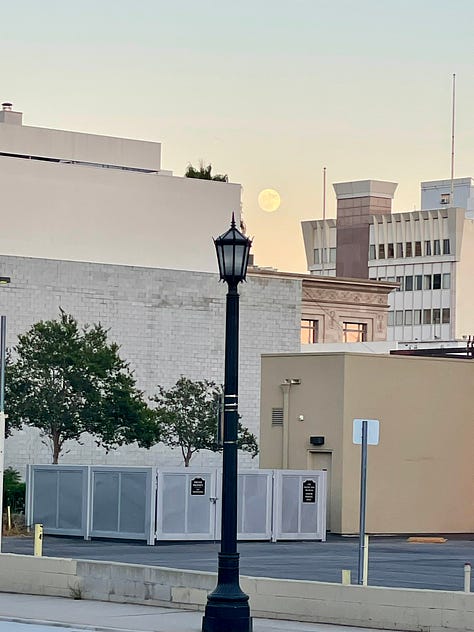


There was an immediate sense of community, of spontaneous connection. Which left me wondering, what if everyday life were…a bit more like this?
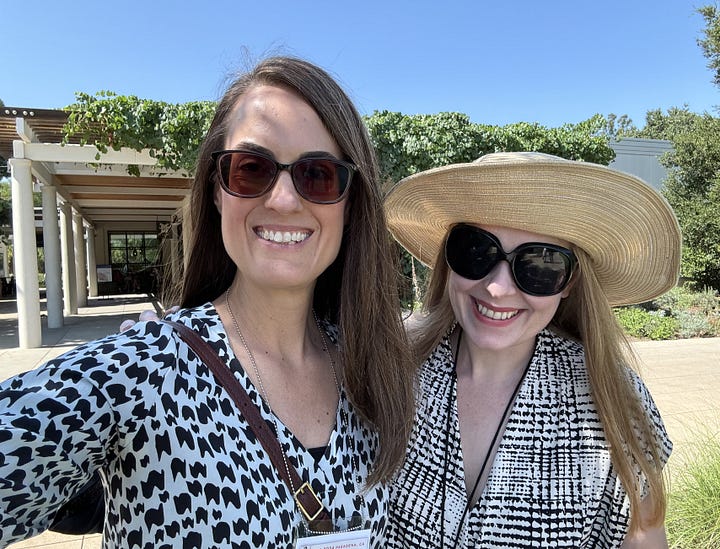

Place, space, belonging
Community is often bound up in a sense of place, in a particular social landscape that sustains and nurtures the connections within a shared built environment. That’s why public spaces—parks, arts spaces, cafés—are so important. They are the commons that create a commons. (This is also why residential college campuses are sometimes held up as a model for urban planning.)
I felt a sense of “home” at the diner I went to nearly every morning in Los Angeles during graduate school to work and read. I know that other people have their special coffee shop, or nature preserve, or other place where they can be on their own and or connect with others. Communities take other forms, though: they are networks of connections based on shared interests or values. Digital communities (of writers or language-learners, for instance) offer engagement and support within shared online spaces.


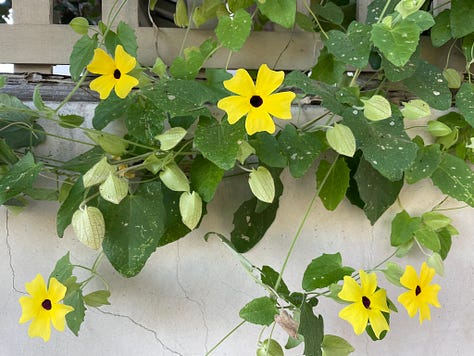
Encouraging community is a creative act requiring labor, patience, and will. It doesn’t just happen—somewhere, someone is putting thought into how to create public spaces in cities, how to organize social meetups, or how to manage a digital commons. Whether nurturing community is a personal project or a collaborative effort, there must be structures in place, intentionality, for the spontaneous connections to happen.
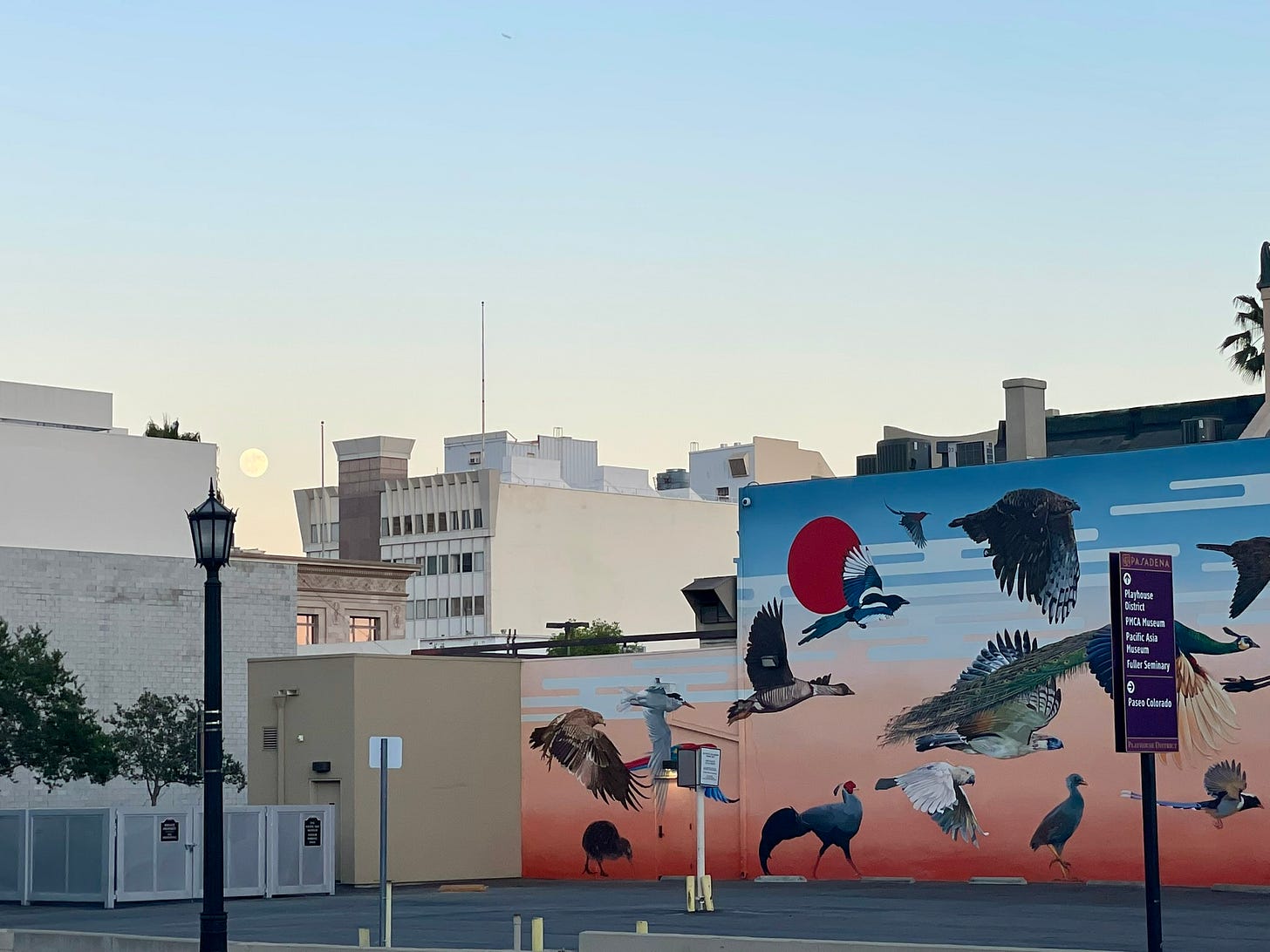
Just because a place is dynamic, or diverse, or attractive, though, doesn’t guarantee that everyone will feel a sense of connection to it or experience cultures of belonging. I was struck by Nadia Meli’s recent post about the experience of living as an expat in the U.K., and her reflection that, “Belonging of place isn’t the same as belonging to the people of that place.” She describes the sense of connection she feels with other expats and intuits that their shared experience of not belonging allows them to understand “the importance of opening their homes to others who don’t belong either.”
When I sought out the insights of friends about where and how they met friends and created a sense of community, two themes emerged: 1) meaningful connections happened when people were pursuing into their own learning and personal growth; and 2) communities were generative, so that one person fostering a sense of belonging had ripple effects beyond their immediate circle.
In this way, leaning into one’s own interests and talents can be central to making friends and sustaining a community. I spoke with my friend Fanny García about how she came to find a sense of home in New York City. When Fanny moved to the city for graduate school, she, over time, connected with friends who were value-aligned, caring, and social justice-oriented. She found that the city ultimately offered tremendous social opportunities and a rich cultural and intellectual landscape. Since Fanny works at the intersection of oral history and social justice, she has deep experience working with families who have emigrated to the U.S. In this way, she brings her own experiences of diaspora and belonging to bear on her advocacy work, on helping support others as they build a life here.
On neighborhood haunts

When I was a kid and I asked my mom what heaven was like, she answered that for her, it was all the people she loved living on one street. As the years passed, this particular vision of the good place resonated more and more with me. What would it be like if all—or at least some—of the people you care about in this life lived within a stone’s throw?
I love my long-distance friendships, how we can not see each other for years and then—poof!—plop down on a couch and pick up right where we left off. But I’ve found that local connections—the people you can spontaneously bump into and make plans with—also enrich daily life.
In her recent “Culture Study” post on friendship, Anne Helen Petersen talks about the importance of proximity and routine to growing friendships and community. Script writers intuitively know this. Whether it’s a coffeehouse or a regency-era country dance, you’ve got to get all the characters into the same room for there to be relationships—and there have to be relationships for there to be a story. One of the delights of living in South Carolina was getting to know my neighbors Caroline and Michael, and seeing their little Annie Rose almost every day during her first year of life. What a treasure to be part of someone’s neighborhood and daily rhythms.
What I’ve learned from lots of moves
At last count, I’ve lived in eight places in my life, from coastal cosmopolitan centers to a Rust Belt river city, to university towns tucked into the Blue Ridge, to the complicated and gorgeous Caribbean. Moving regularly has been a way of life for me, which is why I’m so taken with the ideas of community and home—they’ve been a kind of ongoing quest for me. I may still be tumbleweeding through life, but I’m looking for a place where that taproot can grow.
What follows are some suggestions for how to start over, again:
Become a regular. Everywhere I’ve lived, I’ve tried to find a place or two (usually an independent business) where I visit regularly. A diner in Los Angeles, an Italian restaurant in Cambridge, a café in Charlottesville all became part of my routine, and I enjoyed getting to know the people who worked there. When I left Cambridge, the restaurant even made me a personalized menu to take with me—and served all my favorite dishes on my last night in town.

Play many hands. Indulge in your varied interests as much as you can. We all have a mosaic of talents, curiosities, and hobbies, and if you can lean into each of these, you’ll have a fighting chance of meeting folks who would be enjoyable to spend time with. And while I don’t laud hustle culture, I found that freelancing in a sector other than my day job helped me connect with different people and gave me a healthy sense of perspective about professional growth.
Pursue second-degree connections. Your friends are amazing. Many of their other friends are probably amazing, too. Try to lean into the magic of friends-of-friends connections. As Trevor Noah describes in an episode of “What Now?”, having a “connector” friend can be key to building social connections (many thanks to Fanny for this podcast recommendation).
Have a lot of patience. When I was moving from place to place for postdocs, I got really frustrated with how hard it was to meet people. I took myself out to eat a lot, I worked in cafes, I started taking harp lessons again. I joined the gym next door and watched the Great British Baking Show while on a recumbent bicycle at 9pm. And I started taking online creative writing classes, where, as fate would have it, I ended up meeting my amazing friend Nicole, who happened to be living nearby. In hindsight, as much as it was challenging to slowly develop a routine and connections, those solitary months and years did, in fact, yield a sense of place and some wonderful friendships.
Be the person who welcomes. You can be the person who cultivates a sense of belonging, even if you’re in a state of transition yourself. I have really enjoyed working with incoming international graduate students though Speak! in Charlottesville as a language coach, and I’ve found it rewarding to support others who are embarking on an exciting journey.
Understand that friendships are dynamic. The shapes of our lives and routines change with the passing years. People move, or move from one chapter of their life to the next. It’s inevitable that those shifts affect friendships, too. Witness and celebrate those changes in your friends’ lives—and celebrate the amazing ways your friends are showing up in the world and creating their own senses of belonging and purpose.
I’d love to hear about how you forged or sustained your community. What makes a place feel like home?




